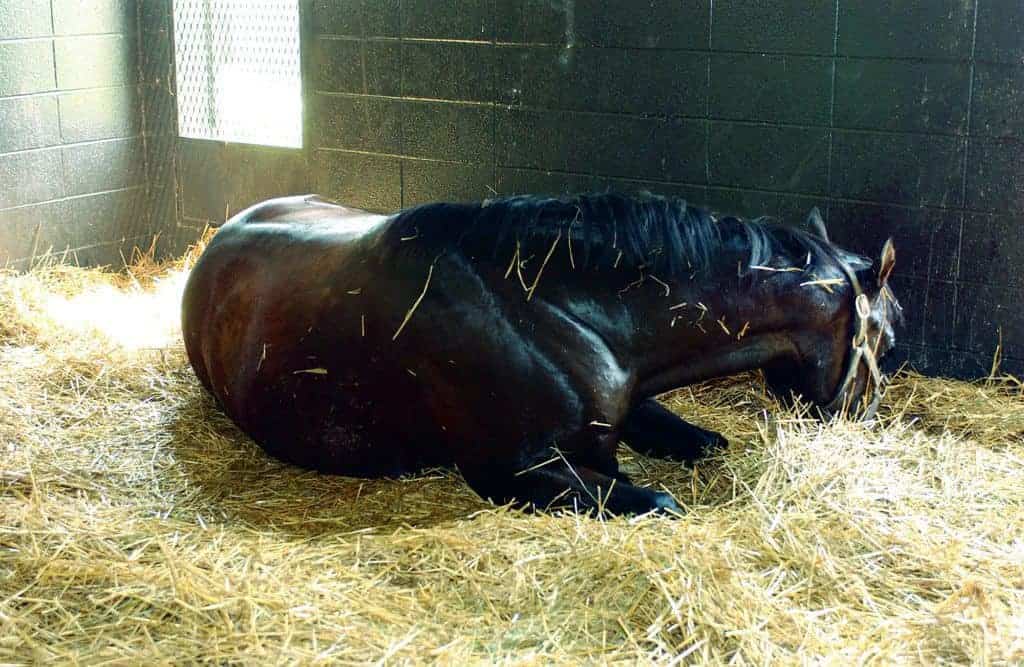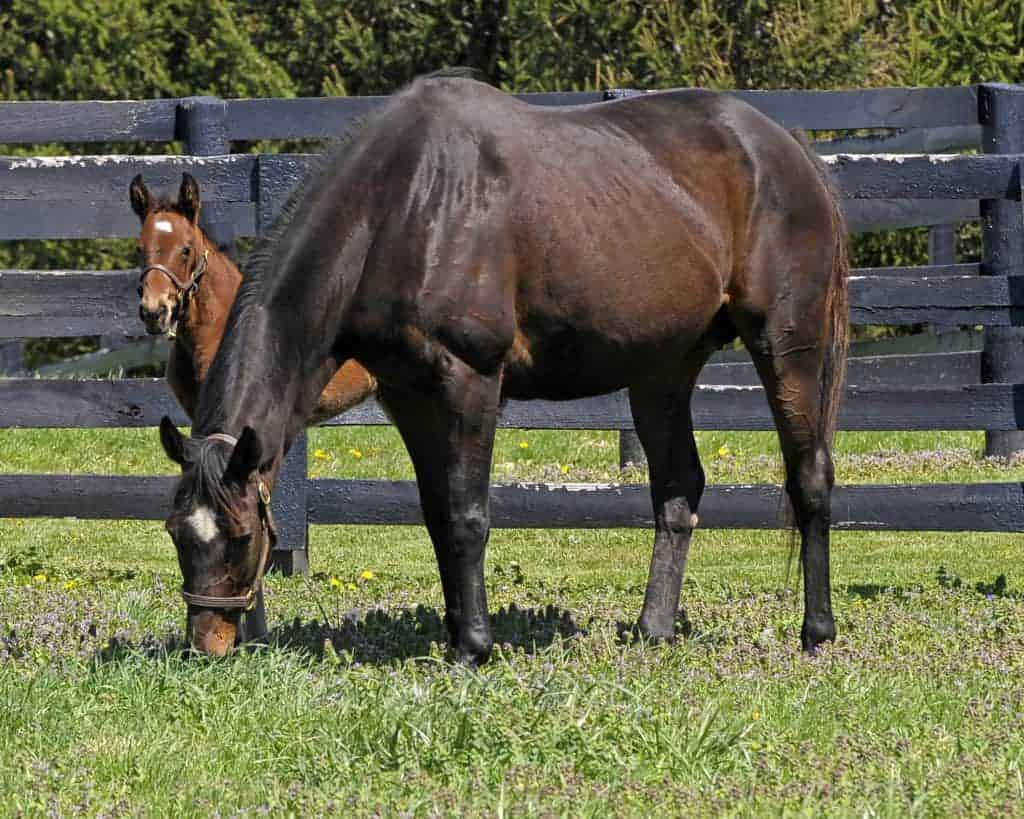International Panel Identifies Priorities for Colic Research
The panel’s report identified future research priorities for the study of equine colic.
The panel’s report identified future research priorities for the study of equine colic.

In the current study most horses successfully returned to their prior athletic function after colic surgery.
On Tuesday, Feb.7, from 6:30 to 7:30 p.m., the New Bolton Center will present “Colic in 3D: The Glass Horse.”

Horses need more feed to replace energy loss brought about by harsh conditions as the temperature turn colder.

Ultrasonography successfully identified both small and large intestinal diseases and predicted surgery need.

The cortisol circadian rhythm ratio can identify horses under chronic stress and at risk for colic.

Researchers found the frequency of intestinal contractions was lower in stabled horses than pastured horses.

Researchers discuss the first case in which surgery to permanently prevent a renosplenic entrapment failed.
Awesome Again returned home after undergoing colic surgery Sept. 13 at Rood and Riddle Equine Hospital.
Awesome Again is recuperating from colic surgery performed Sept. 13 at Rood & Riddle Equine Hospital.

Certain parts of the horse’s digestive tract are associated with higher risks of developing colic.
When a horse needs surgery, what’s his prognosis for a full recovery? What problems can occur during recovery?

Peripartum colic is a common but sometimes life-threatening complication often seen in broodmares.
While swimming-induced colic does occur, it doesn’t happen as frequently as some might have thought.

Special considerations should be made when evaluating a colicky foal as opposed to an adult horse.
University of Florida (UF) veterinarians are advancing knowledge about equine colic.
Stay on top of the most recent Horse Health news with
"*" indicates required fields